- There are multiple different types of sizes and color variations of Corydoras. The most commonly available are the Emerald Green, Panda, Sterba’s and the Albino Cory Catfish.
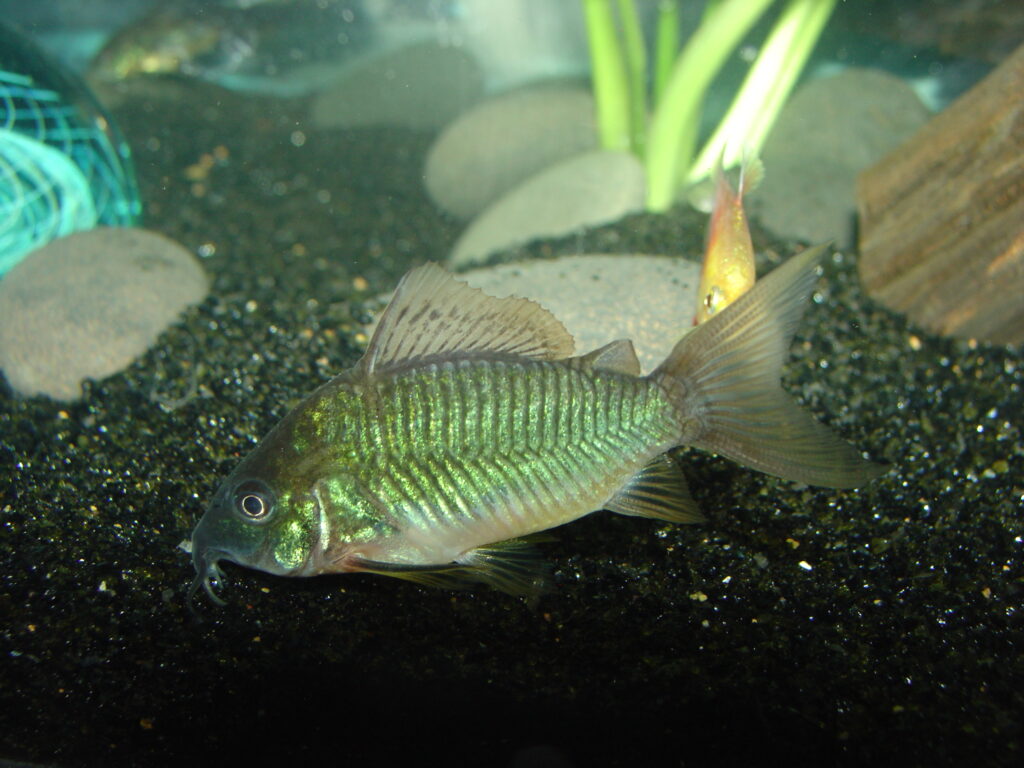
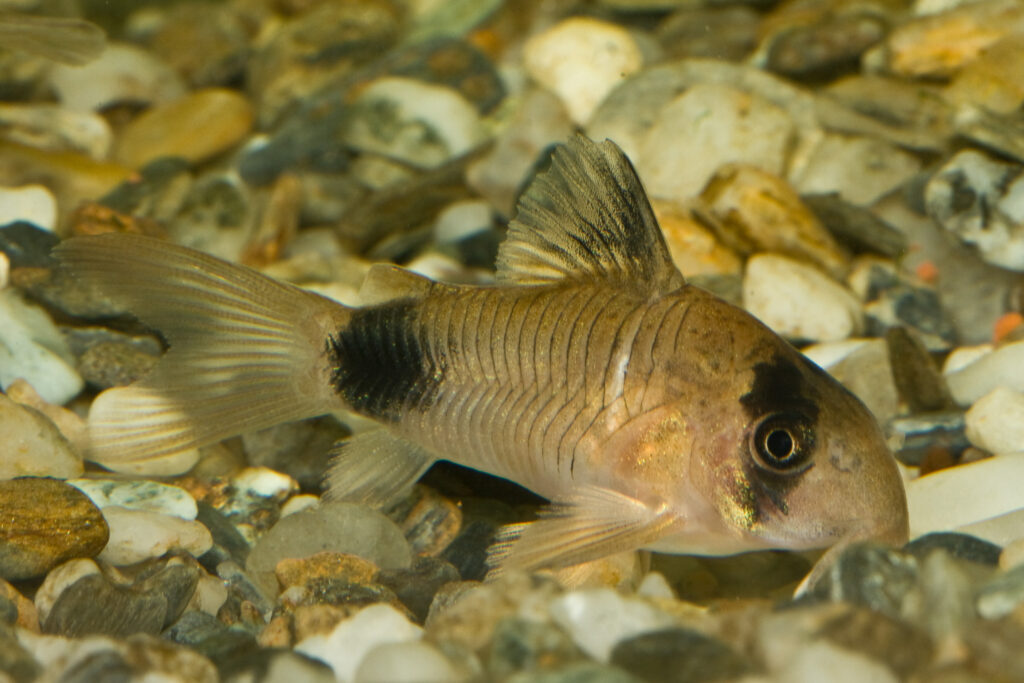
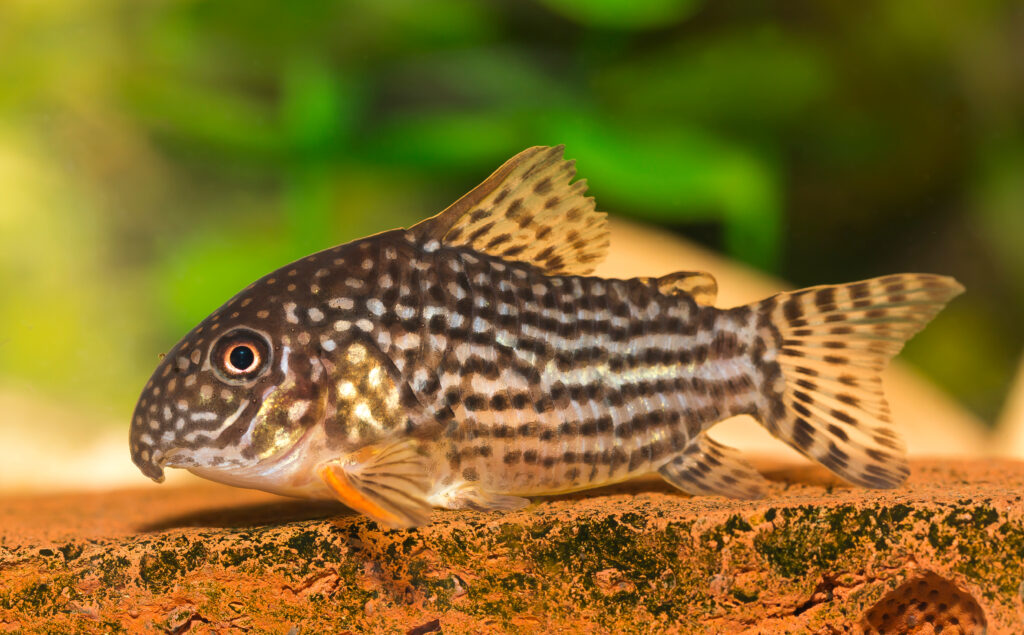
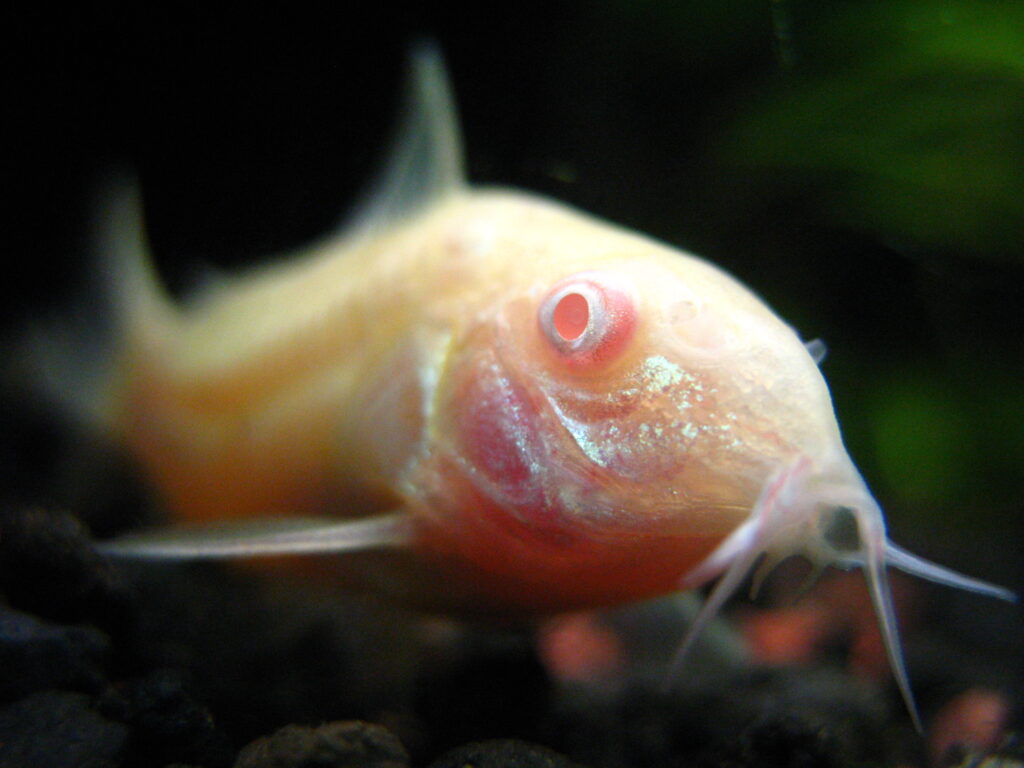
They also come in other color variations like the Peppered Cory Cat, Similis Cory Cat and Agassizi Cory Cat.
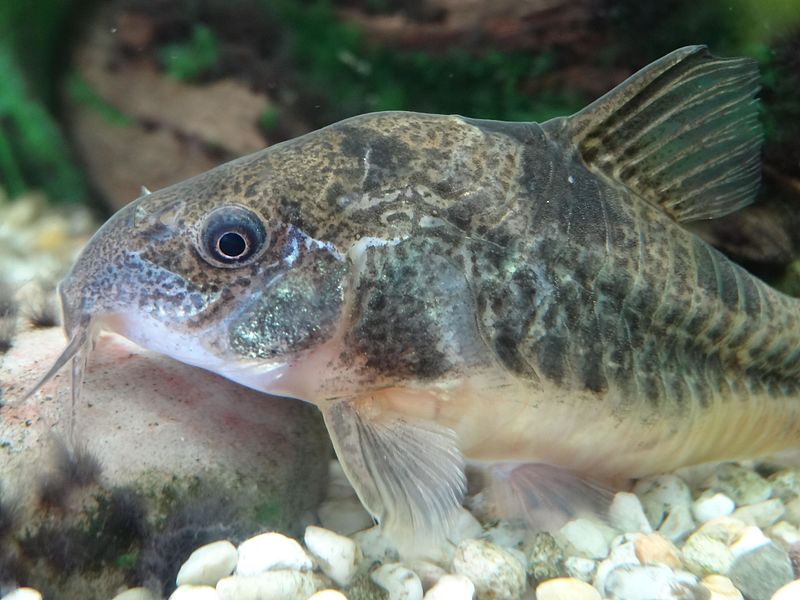
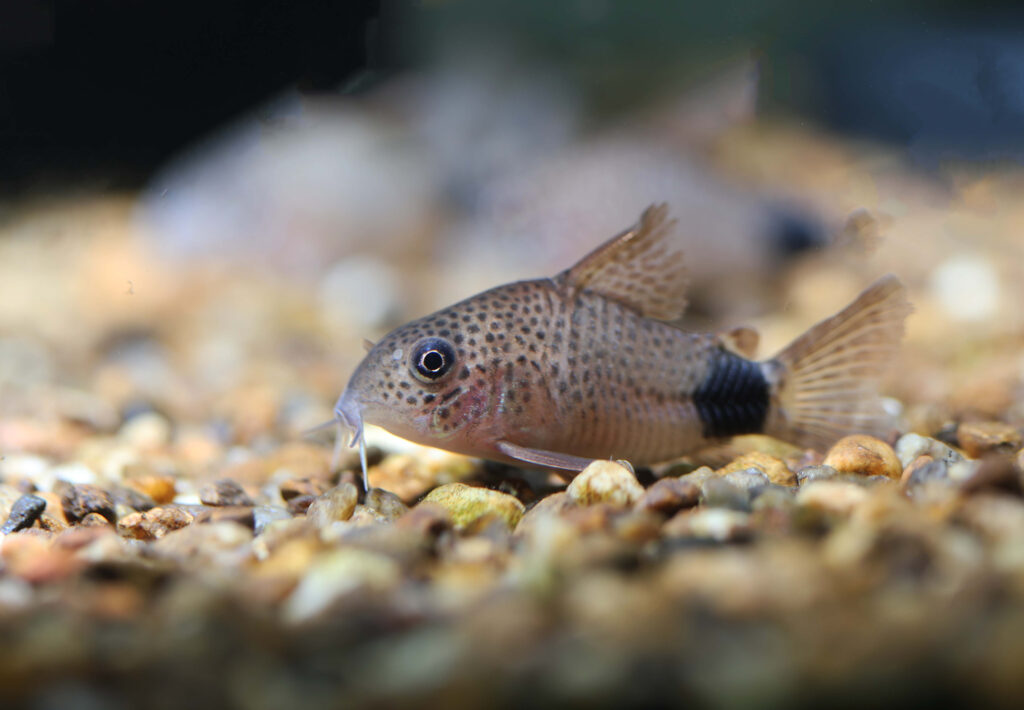
Similis Cory Cat
2. The Cory Catfish is a schooling catfish and should be kept in schools in an aquarium of the same kind. In the wild, schools of the cory catfish can include up to thousands of individuals.
3. In the wild this species is found in the shallow and murky parts of small streams, rivers, marshes and ponds primarily in South America. Due to the nature of murky waters, they tend to have very little flow and contain low levels of oxygen. As a result, the Corydora will often swim to the surface of the water, ingest some air and then re-submerge itself. Fish and catfish get their oxygen from the water with their gills. Species like the Corydora have evolved in order to gain the ability to thrive in low oxygen environments. This gives them access to food sources that most other species without these abilities do not have access to.
4. There are several hundred species of the Corydoras that although they are not yet classified, they are being kept and studied by aquarists. A man by the name of Hans-Georg Evers created a system called the C-number. The non-classified species are each given a C-number until they are given a scientific name. Of the species with C-numbers, 32 have already been given scientific names.
5. There are currently 161 identified species of Corydoras with 1 that is unfortunately extinct called the Corydoras revelatus.
A single specimen of this species was found in Salta, Argentina and is believed to be anywhere between 58.2 and 58.5 million years old.
6. The Albino Cory Catfish does not occur naturally in the wild. They are selectively bred from the Bronze Corydora.
7. The oldest aquarium kept Corydora was the Bronze Corydora which lived to be 27 years of age. While a 5 year lifespan is common for the Corydora in an aquarium, it is not uncommon for them to live up to 20 years either.
8. Most male species of Corydoras reach a maximum length of 2.5 inches while the females can grow out to a max length of 3 inches or more.
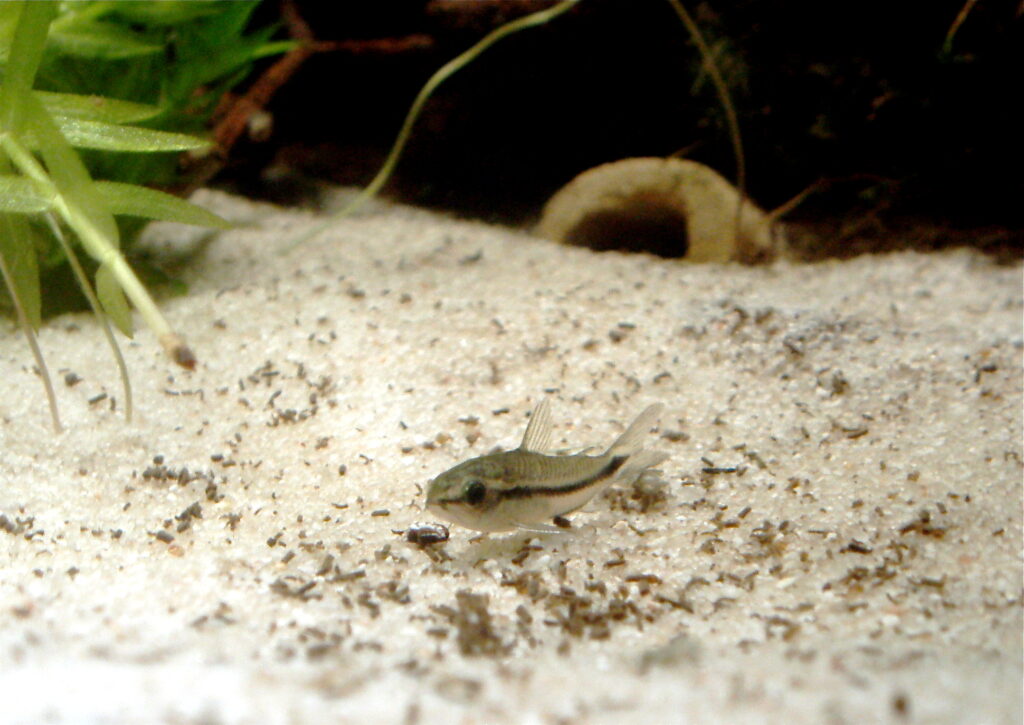
9. One of the smallest species of the Corydora is the Pygmy Cory reaching a maximum length of 1 inch.
